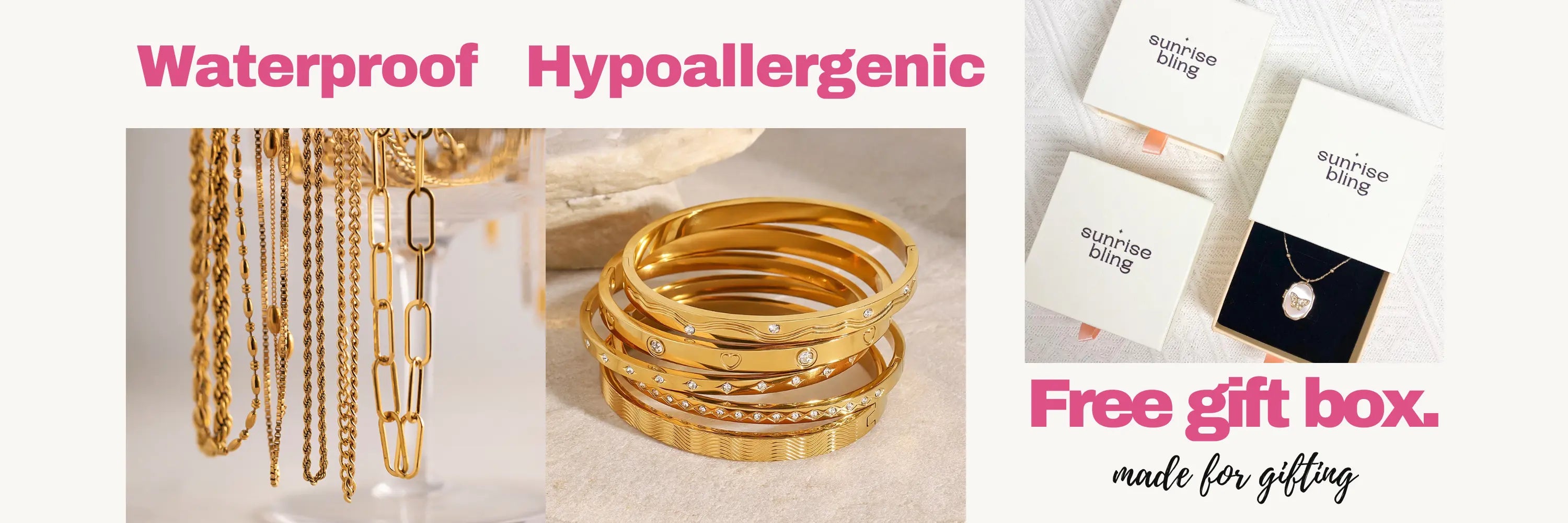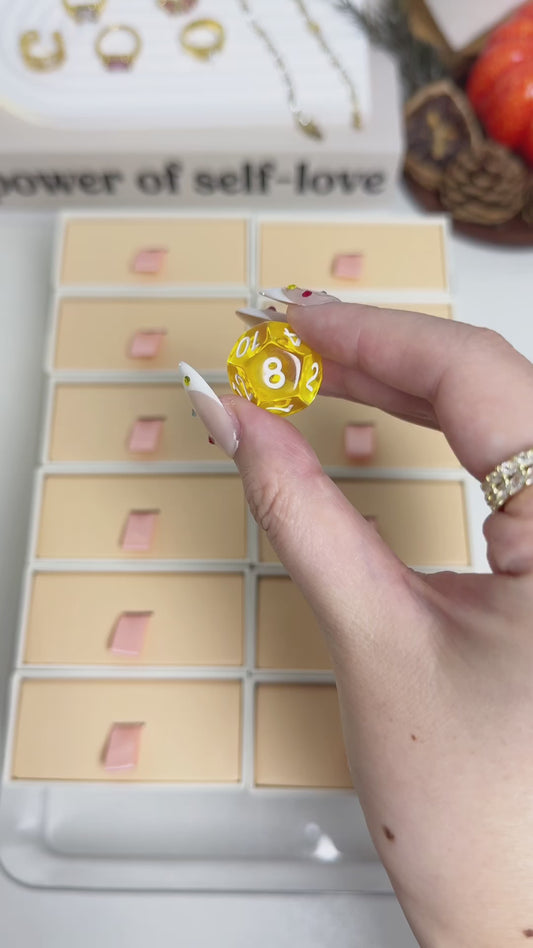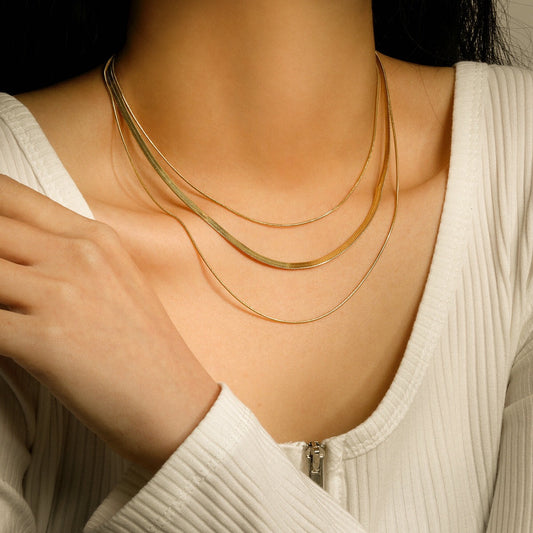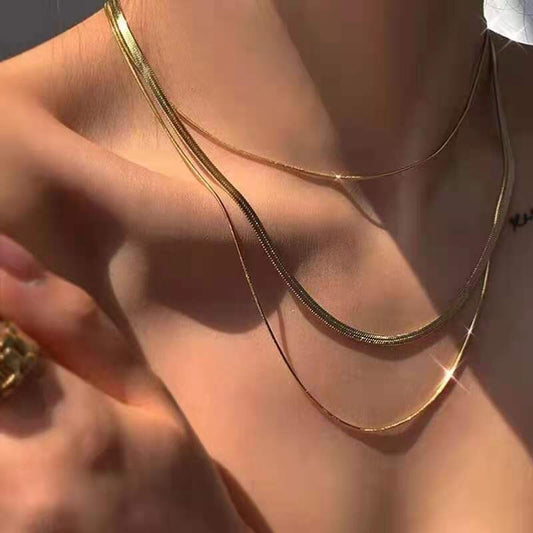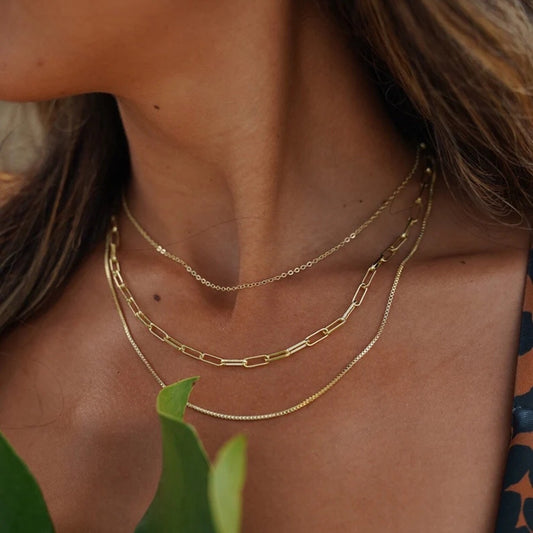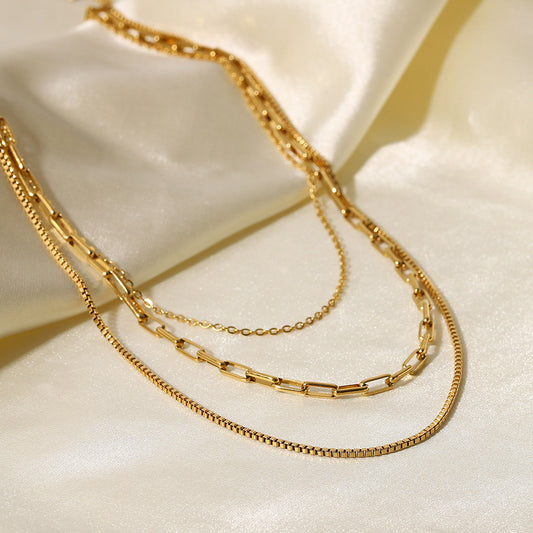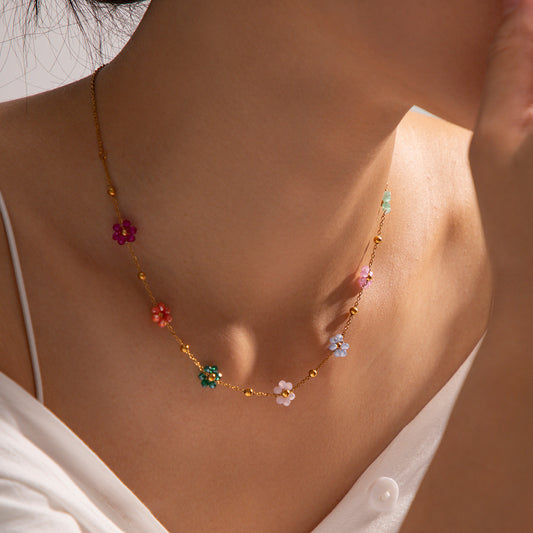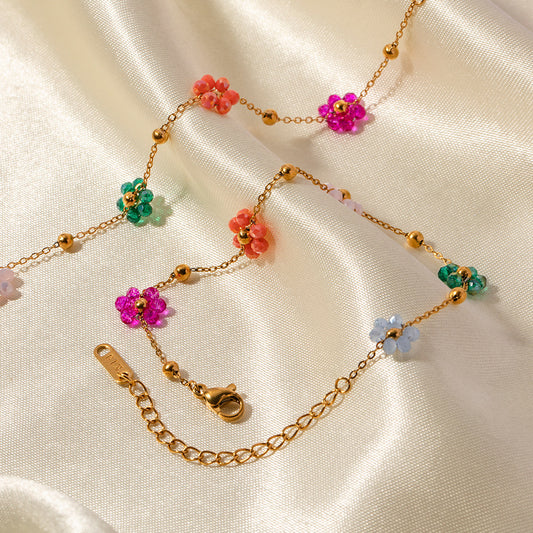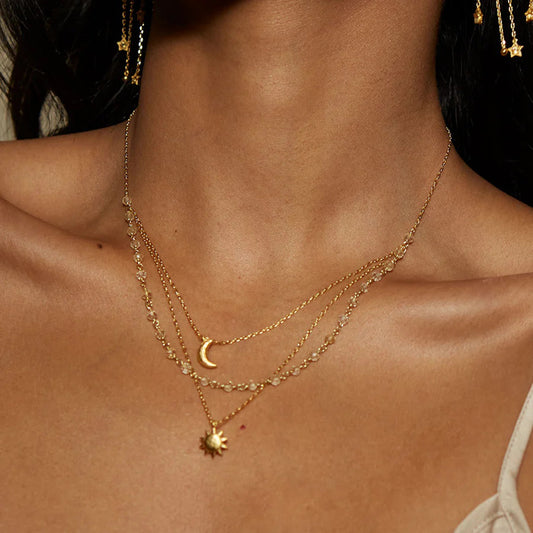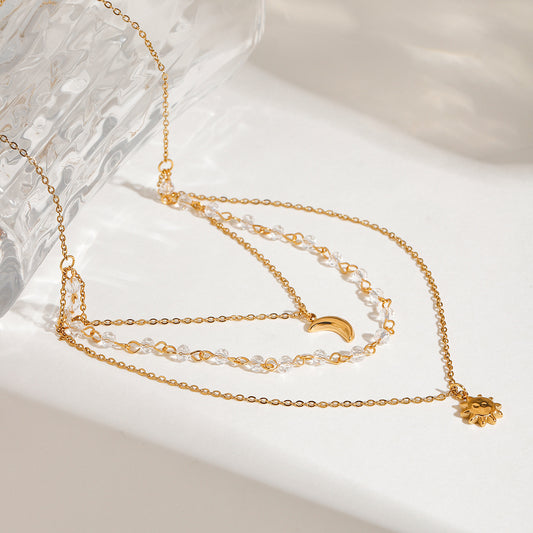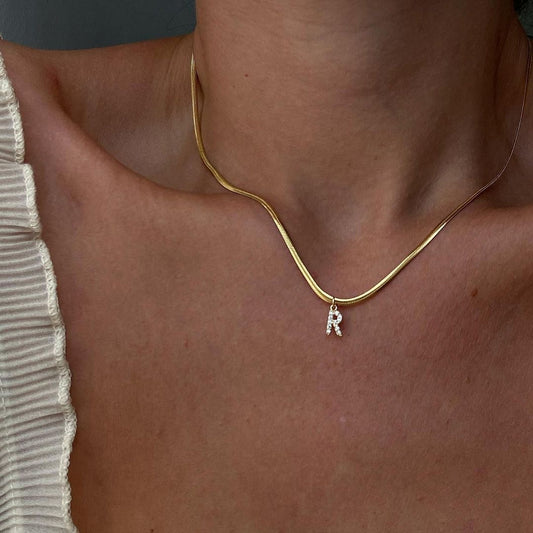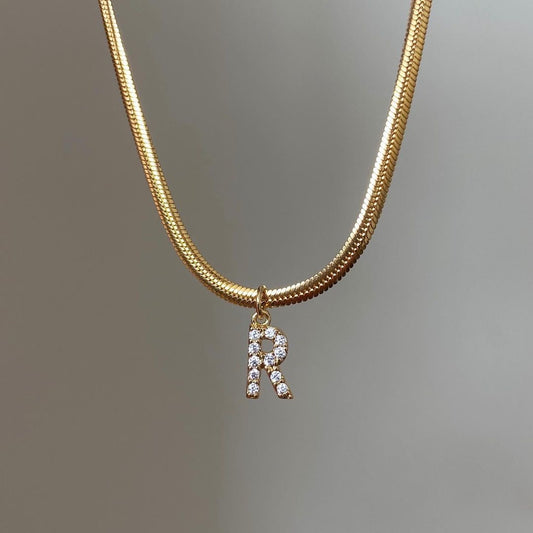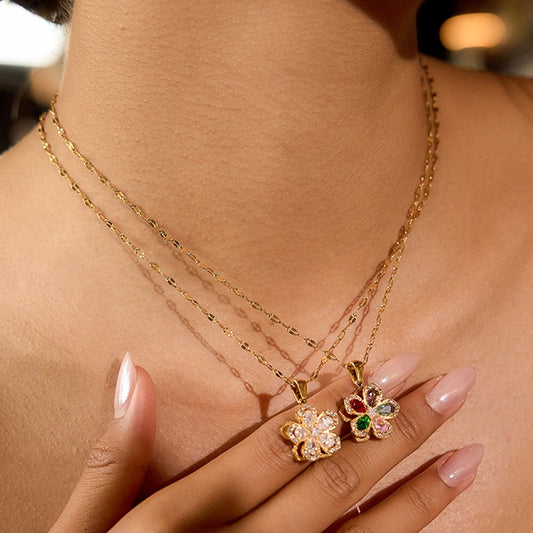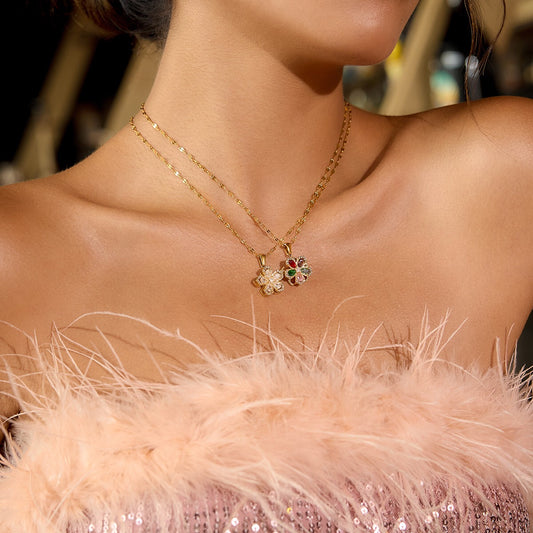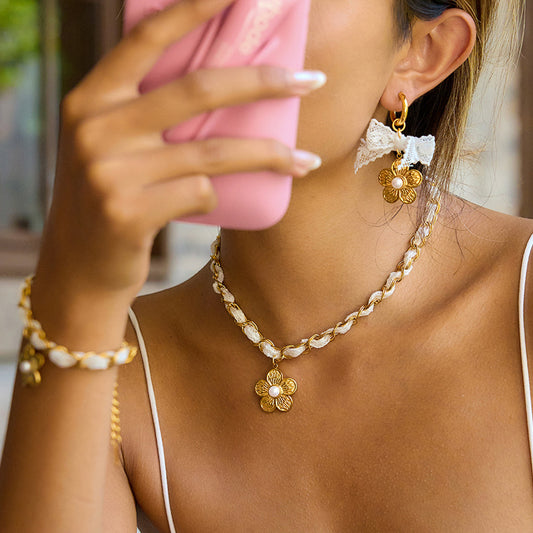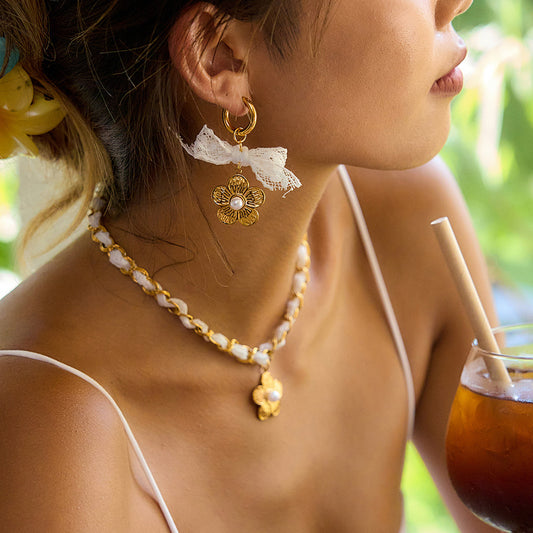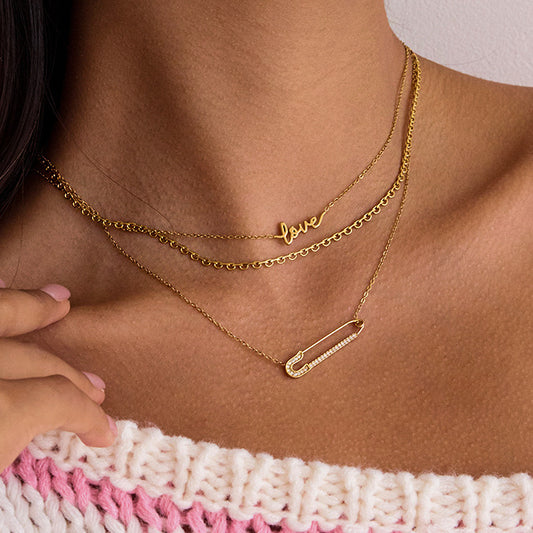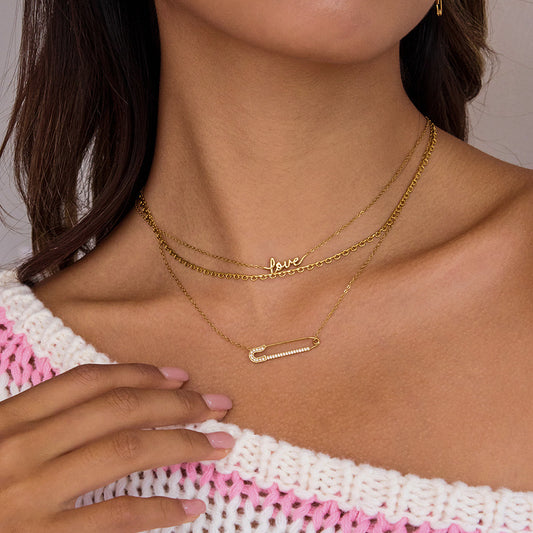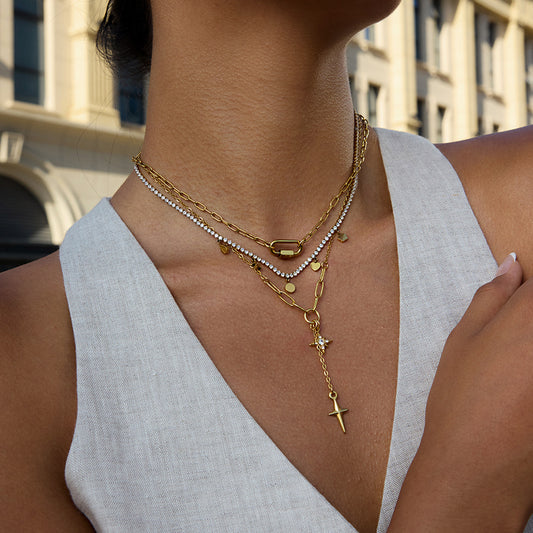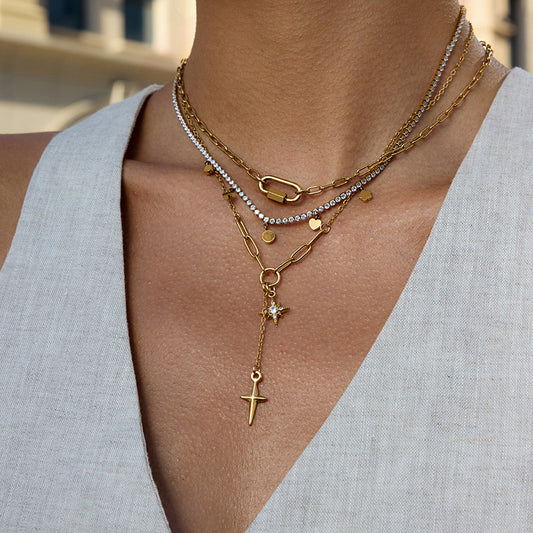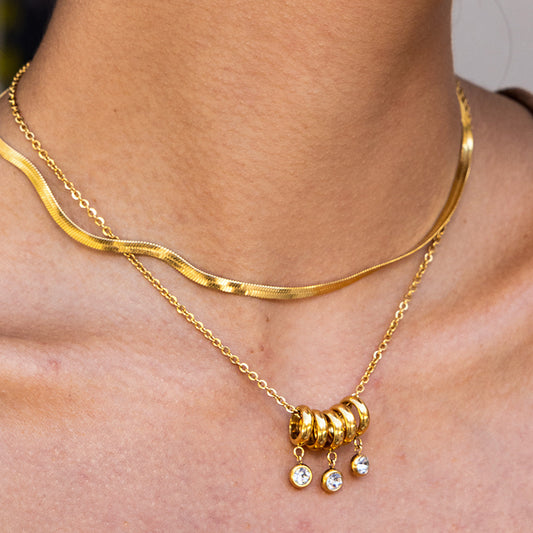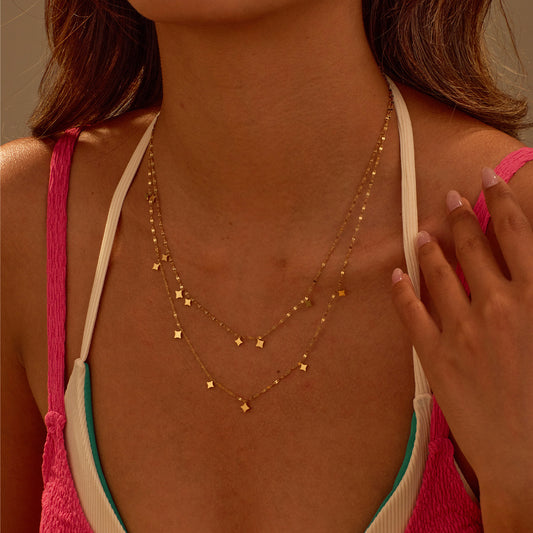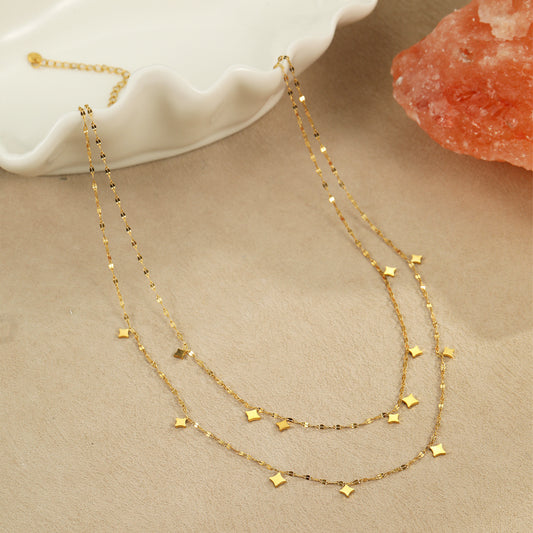Permanent jewelry has exploded as a top accessory trend, offering a “set-it-and-forget-it” approach to style that resonates with busy, fashion-forward consumers. According to Custom Market Insights (CMI), The Jewelry Market size was estimated at USD 356.36 Billion in 2023 and is expected to hit around USD 488.21 Billion by 2030, poised to grow at a compound annual growth rate (CAGR) of 4.6% from 2022 to 2030. Unlike traditional jewelry that you take off daily (and risk losing), permanent jewelry is welded or clasp-free, designed to stay on through showers, workouts, and everyday life. Whether you’re drawn to its low-maintenance appeal, shopping for a meaningful gift for your girlfriend, or curious about the process, this guide covers everything you need to know about permanent jewelry.

What Is Permanent Jewelry?
Permanent jewelry refers to clasp-free accessories—typically bracelets, necklaces, or anklets—crafted from durable metals (like sterling silver, gold-filled, or 14k gold) and secured to your body via welding or a seamless closure. The term “permanent” is slightly misleading: it’s not permanently attached (you can have it removed by a jeweler if needed), but it’s designed to be worn 24/7 without taking off. This eliminates the hassle of clasps, the risk of loss, and the daily decision of “what jewelry to wear.”
Key Characteristics of Permanent Jewelry
-
Clasp-Free Design: No hooks, latches, or closures—permanent jewelry is custom-fitted and welded shut (for bracelets/anklets) or sized to sit snugly (for necklaces), so it never slips off accidentally.
-
Durable Metals: Most permanent pieces use tarnish-resistant metals like 14k gold (solid or filled), sterling silver, or stainless steel. These materials hold up to water, sweat, and daily wear better than plated metals.
-
Minimalist Aesthetic: Permanent jewelry leans into simplicity—think thin chains, tiny charms (like birthstones or initials), or plain bands. The goal is to add subtle shine without being bulky or distracting.

How Permanent Jewelry Differs from Traditional Jewelry
-
Wearability: Traditional jewelry requires daily removal (for showers, workouts, etc.), while permanent jewelry stays on—saving time and reducing the chance of misplacing it.
-
Fit: Permanent jewelry is custom-sized to your wrist, neck, or ankle, ensuring a snug (but comfortable) fit that won’t slide around. Traditional jewelry often comes in standard sizes, leading to loose or tight fits.
-
Longevity: With proper care, permanent jewelry lasts 2–5 years (or longer), while traditional plated jewelry may wear off in months.
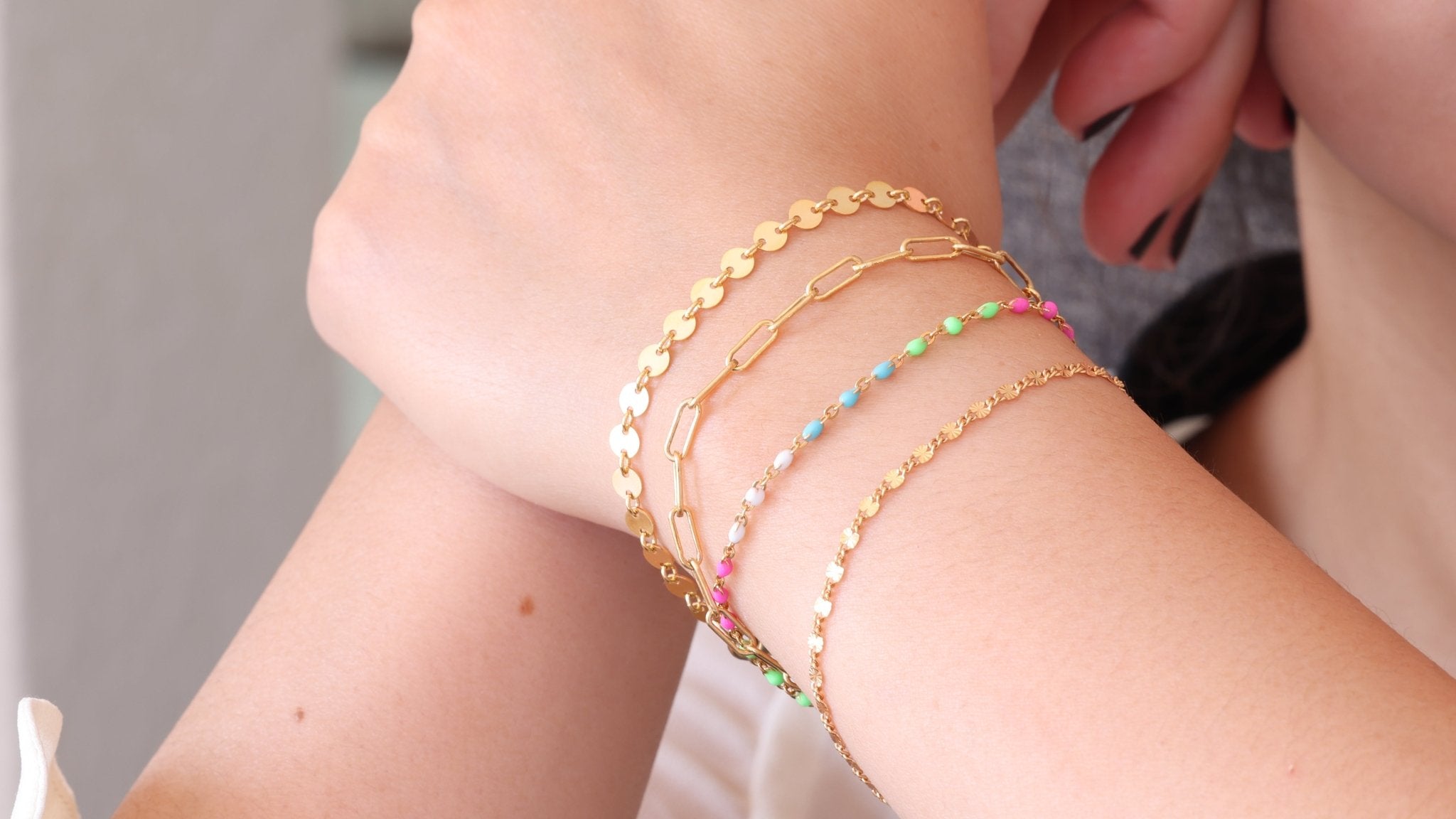
Why Is Permanent Jewelry So Popular?
Permanent jewelry’s rise isn’t just a trend—it solves real pain points for modern consumers, blending style with practicality.
Convenience for Busy Lifestyles
For anyone with a packed schedule (students, professionals, parents), permanent jewelry eliminates the “jewelry hassle”:
-
No more fumbling with tiny clasps in the morning.
-
No risk of losing a favorite necklace or bracelet during a workout or commute.
-
It stays on through showers, swimming, and chores—no need to pause and remove it.
Minimalist Style That Complements Every Outfit
Permanent jewelry’s subtle design works for every look:
-
Casual Wear: A thin gold permanent bracelet adds shine to jeans and a t-shirt without feeling overdone.
-
Work Outfits: It’s understated enough for offices (no clinking or distracting pieces) but still adds personality.
-
Formal Events: A delicate permanent necklace or charm bracelet elevates dresses without competing with other accessories.
Sentimental Appeal
Many people choose permanent jewelry for its emotional weight:
-
Couples get matching permanent bracelets as a “symbol of forever” (think: a modern alternative to promise rings).
-
Friends opt for coordinating pieces to mark milestones (like graduations or birthdays).
-
For girlfriends, a permanent necklace with a tiny birthstone charm feels personal and long-lasting—more meaningful than a generic gift.

Durability That Saves Money
While permanent jewelry costs more upfront than fast-fashion pieces, it lasts years—saving you from replacing cheap jewelry that tarnishes or breaks. A quality permanent bracelet, for example, can replace 5–10 disposable bracelets over time.
Popular Styles of Permanent Jewelry
Permanent jewelry leans into simplicity, but there are still plenty of options to match your taste. Below are the most in-demand styles:
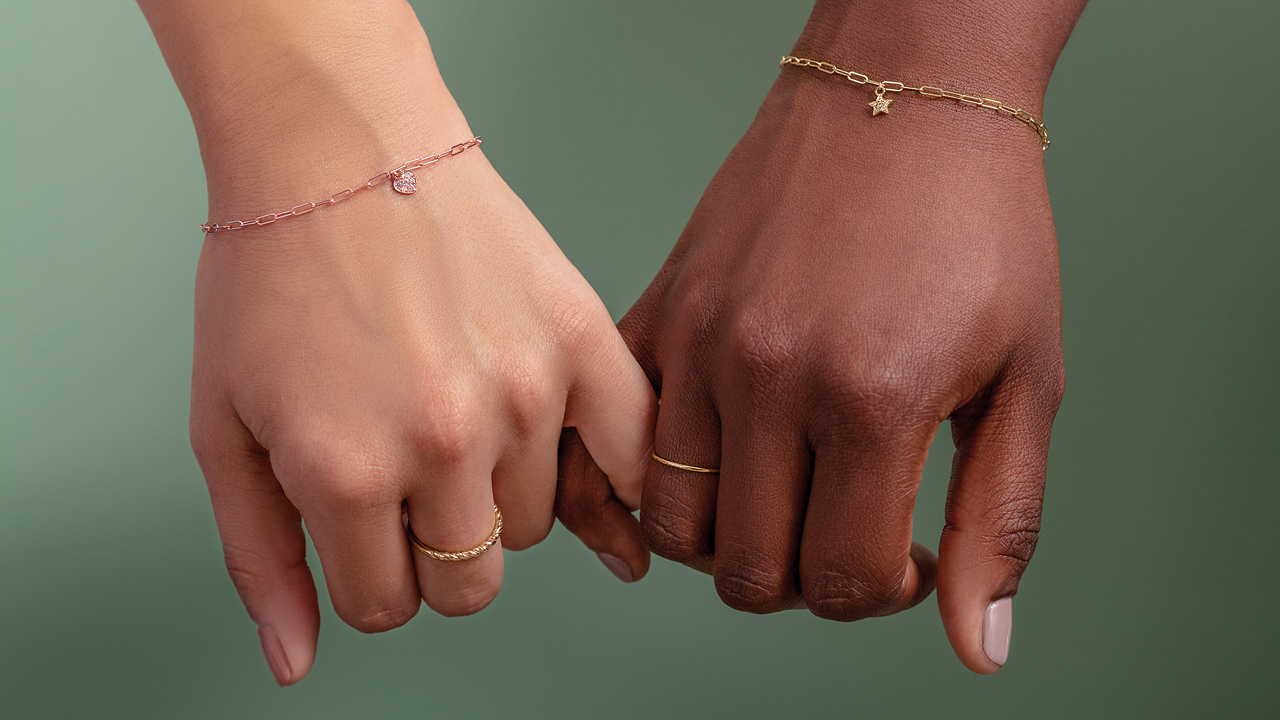
Permanent Bracelets (Most Popular!)
Bracelets are the top choice for permanent jewelry, thanks to their visibility and versatility:
-
Thin Chain Bracelets: The classic style—1–2mm thick chains in gold, silver, or rose gold. They’re delicate enough for everyday wear and stackable if you want multiple.
-
Charm Permanent Bracelets: A thin chain with a tiny, welded-on charm (birthstone, initial, heart, or star). Perfect for adding a personal touch without bulk.
-
Beaded Permanent Bracelets: Small, durable beads (like sterling silver or gold-filled) strung on a clasp-free chain. Great for a slightly more textured look.
Permanent Necklaces
Permanent necklaces are ideal for subtle, everyday sparkle:
-
Choker-Style: A short (14–16 inch) chain that sits close to the neck. It pairs beautifully with V-neck tops or crewnecks.
-
Pendant Permanent Necklaces: A thin chain with a small, fixed pendant (e.g., a tiny cross, moon, or birthstone). It’s understated but meaningful.
Permanent Anklets
For warmer weather or anyone who loves ankle jewelry, permanent anklets are a fun choice:
-
Delicate Chain Anklets: Thin chains that wrap around the ankle—perfect for sandals or bare legs.
-
Beaded Anklets: Small beads (like turquoise or silver) for a bohemian vibe.
How to Wear Permanent Jewelry
Permanent jewelry is easy to style—its minimalism makes it versatile. Here’s how to make the most of it:
Styling for Casual Looks
-
Stack Them: Layer 2–3 thin permanent bracelets (e.g., gold + silver + rose gold) for a personalized stack. Add a traditional beaded bracelet for extra texture.
-
Pair with Minimal Accessories: Let a permanent necklace be the star—skip large earrings or bold rings. Opt for small studs or a simple ring instead.
-
Match to Your Outfit’s Tone: Gold permanent jewelry complements warm colors (beige, orange, red), while silver works with cool tones (blue, gray, black).
Styling for Formal Occasions
-
Choose a Pendant Style: A permanent necklace with a tiny diamond or birthstone pendant adds elegance to a gown or cocktail dress.
-
Keep It Single: For black-tie events, wear one permanent piece (e.g., a thin gold bracelet) to avoid looking cluttered.
-
Coordinate with Other Metals: If your dress has gold accents, wear a gold permanent necklace—stick to one metal tone for a polished look.
Styling for Work
-
Stick to Thin Chains: A 1mm permanent bracelet or small pendant necklace is professional and won’t distract during meetings.
-
Avoid Noisy Pieces: Skip beaded permanent jewelry (it can clink against keyboards) and opt for smooth chains instead.
Permanent Jewelry: Perfect Gift for Your Girlfriend
A permanent jewelry piece is a thoughtful, long-lasting gift for your girlfriend—it shows you’ve put thought into something she’ll wear daily, not just once.
Why It Resonates as a Girlfriend Gift
-
Longevity: Unlike flowers or chocolates, permanent jewelry lasts years—every time she looks at it, she’ll think of you.
-
Personalization: You can choose a charm that matters (her birthstone, your initials, a symbol of your relationship) to make it unique.
-
Convenience: It fits into her busy life—she won’t have to remember to put it on or risk losing it.
Top Permanent Jewelry Gifts for Your Girlfriend
-
Birthstone Charm Bracelet: A thin gold permanent bracelet with a tiny birthstone charm (e.g., garnet for January, pearl for June).
-
Matching Couple Bracelets: Two thin chains (one for you, one for her) in the same metal—wear them as a subtle “couple’s mark.”
-
Minimalist Pendant Necklace: A small, welded pendant (like a heart or moon) on a delicate chain—perfect for daily wear.
Tips for Choosing the Right Piece
-
Know Her Style: If she loves minimalism, go for a thin chain. If she likes subtle details, add a small charm.
-
Check Her Metal Preference: Does she wear gold, silver, or rose gold? Stick to her favorite to ensure she’ll love it.
-
Get the Right Fit: Ask her wrist/neck size (or borrow a bracelet/necklace she owns to measure) to ensure a comfortable fit.
How to Clean Permanent Jewelry
Permanent jewelry is durable, but it still needs basic care to stay shiny. The good news is it’s low-maintenance!
Daily Care Tips
-
Rinse After Sweat/Water Exposure: If she works out or swims, rinse the jewelry with warm water to remove salt or sweat (no soap needed).
-
Wipe with a Soft Cloth: Use a microfiber or jewelry cloth to gently wipe the chain weekly—this removes dirt and prevents buildup.
-
Avoid Harsh Chemicals: Take it off (if possible) before using cleaning products, lotion, or perfume—these can dull the metal over time.
Deep Cleaning (Every 1–2 Months)
-
Mix warm water with a drop of mild dish soap (avoid bleach or harsh detergents).
-
Dip a soft-bristled toothbrush into the solution and gently scrub the chain (focus on any links or charms).
-
Rinse with warm water and pat dry with a cloth—never air-dry (water spots can form).
How to Do Permanent Jewelry
Permanent jewelry is applied by a professional jeweler—you can’t do it at home (unless you have specialized welding tools). Here’s what to expect:
Step 1: Choose Your Style and Metal
Pick the type of jewelry (bracelet, necklace, anklet), chain thickness, and metal (gold-filled, sterling silver, etc.). Add a charm if you want.
Step 2: Get Measured
The jeweler will measure your wrist/neck/ankle to cut the chain to the perfect length (snug but not tight—you should be able to fit one finger under it).
Step 3: Weld the Closure
For bracelets/anklets, the jeweler uses a small, handheld welder to fuse the two ends of the chain together (it’s painless—you may feel a tiny warmth, but no heat on your skin). For necklaces, they’ll secure a seamless closure.
Step 4: Polish and Inspect
The jeweler will polish the piece to remove any weld marks and check that it’s secure. The whole process takes 5–10 minutes!
How Much Is Permanent Jewelry?
Permanent jewelry costs more than fast-fashion pieces but less than luxury jewelry. Prices vary by metal, style, and charm:
Entry-Level (Sterling Silver)
-
Thin chain bracelets/necklaces: \(40–\)70
-
Charm additions: \(15–\)30 each
Mid-Range (Gold-Filled)
-
Thin chain bracelets/necklaces: \(70–\)120
-
Charm additions: \(25–\)40 each
Premium (14k Solid Gold)
-
Thin chain bracelets/necklaces: \(120–\)250
-
Charm additions: \(40–\)80 each
Note: Many jewelers offer discounts for couples or groups (e.g., 10% off two matching bracelets).
How Long Does Permanent Jewelry Last?
With proper care, permanent jewelry lasts 2–5 years (or longer!), depending on the metal:
-
Sterling Silver: 2–3 years (may tarnish slightly but can be cleaned).
-
Gold-Filled: 3–5 years (resists tarnish and wear).
-
14k Solid Gold: 5+ years (the most durable—can last a decade with care).
If the chain breaks or you want to remove it, a jeweler can cut it off (without damaging your skin) and even re-weld it if you want to wear it again.
Frequently Asked Questions About Permanent Jewelry
Q: Can I remove permanent jewelry if I need to?
A: Yes! A jeweler can cut it off with small pliers (it’s quick and painless). Some jewelers also offer re-welding if you want to wear it again later.
Q: Is permanent jewelry safe for sensitive skin?
A: Yes—most permanent jewelry uses hypoallergenic metals (sterling silver, gold-filled, 14k gold). Avoid nickel-containing metals (ask the jeweler to confirm).
Q: Can I wear permanent jewelry during pregnancy (if my wrist/ankle swells)?
A: It’s best to wait until after pregnancy, as swelling can make the jewelry feel tight. If you already have it, a jeweler can adjust the fit.
Q: What if the chain breaks?
A: Most jewelers offer repair services (for a small fee) if the chain breaks due to normal wear. If it’s a manufacturing defect, some even cover repairs for free.
Q: Can I get permanent jewelry if I have a pacemaker?
A: No—welding tools use a small electric current that can interfere with pacemakers. Ask your doctor for guidance first.
Conclusion: Permanent Jewelry—Wearable Style That Stays with You
Permanent jewelry isn’t just an accessory—it’s a lifestyle choice that blends convenience, style, and sentiment. Whether you’re treating yourself to a low-maintenance bracelet or gifting a personalized charm necklace to your girlfriend, it’s a piece that stays with you through every moment—no clasps, no loss, just effortless shine.
Now that you know how to choose, style, and care for permanent jewelry, it’s time to find your perfect piece. Search for local jewelers specializing in permanent jewelry (or visit chains like Catbird or Mejuri) to browse styles and book an appointment. Whether you opt for a thin gold bracelet or a birthstone pendant necklace, permanent jewelry is wearable style that stays—for years to come. Shop now and simplify your daily routine with a piece you’ll love forever!


